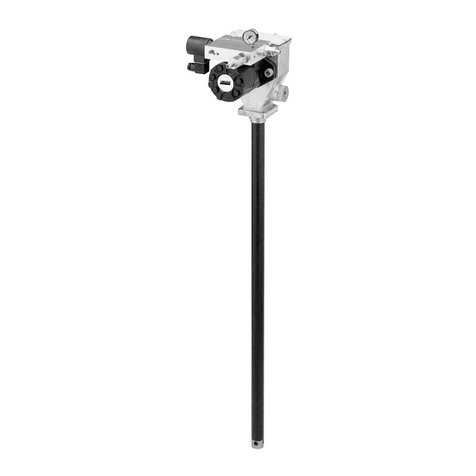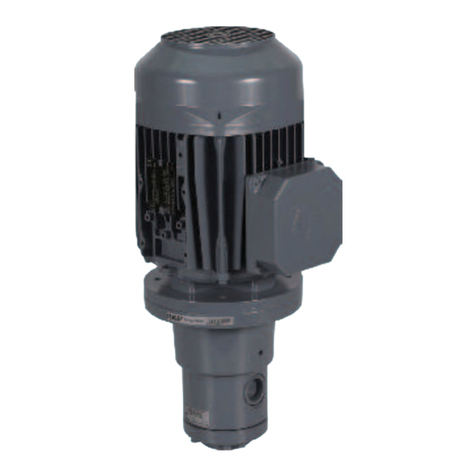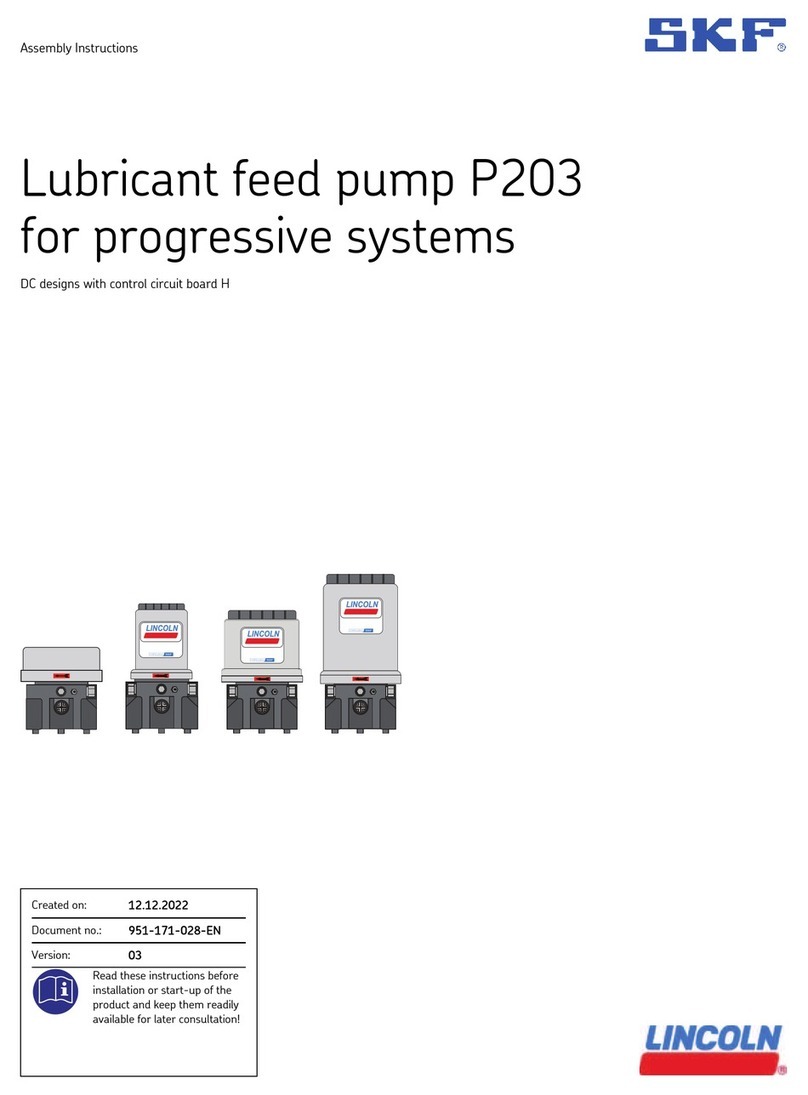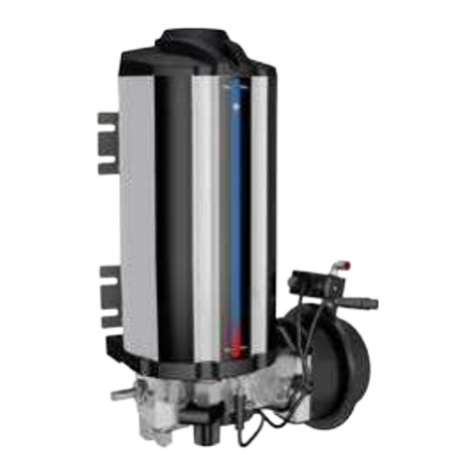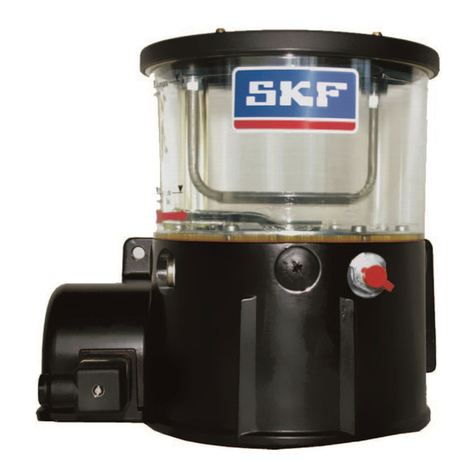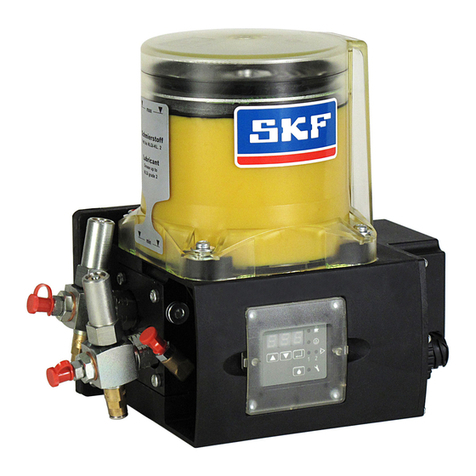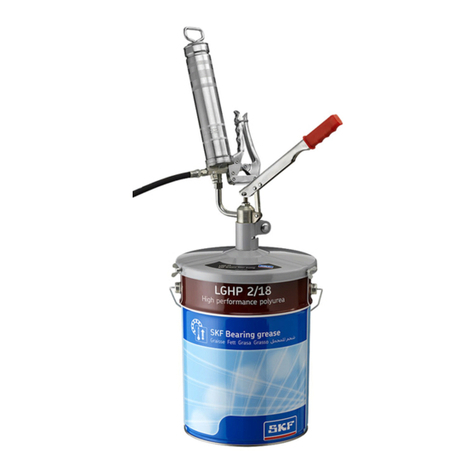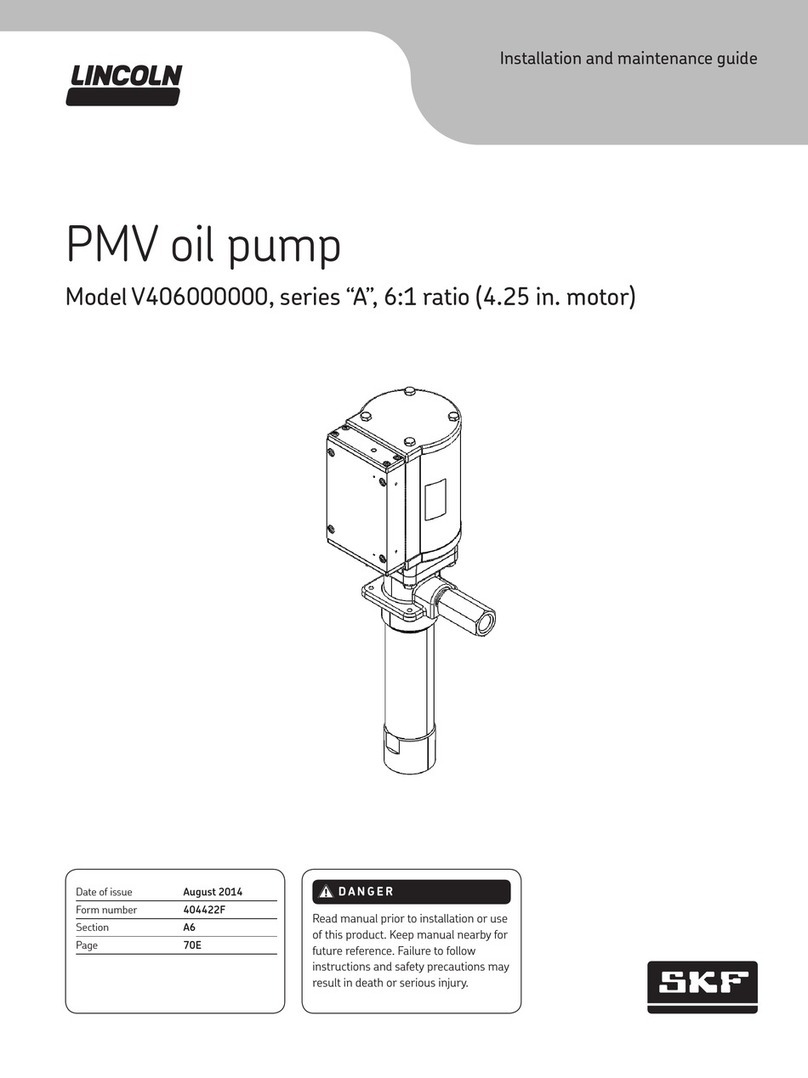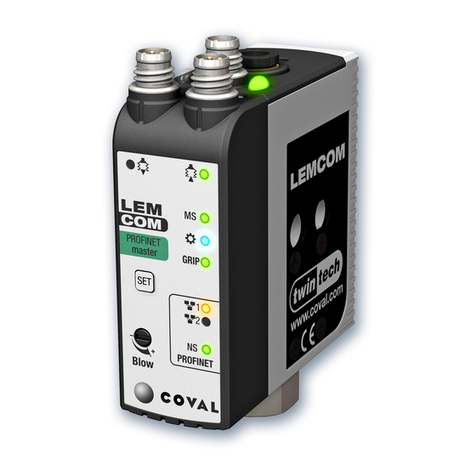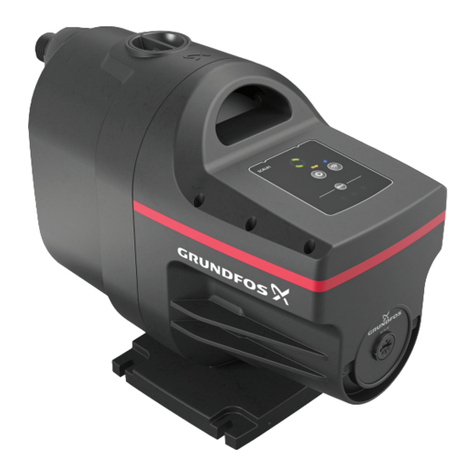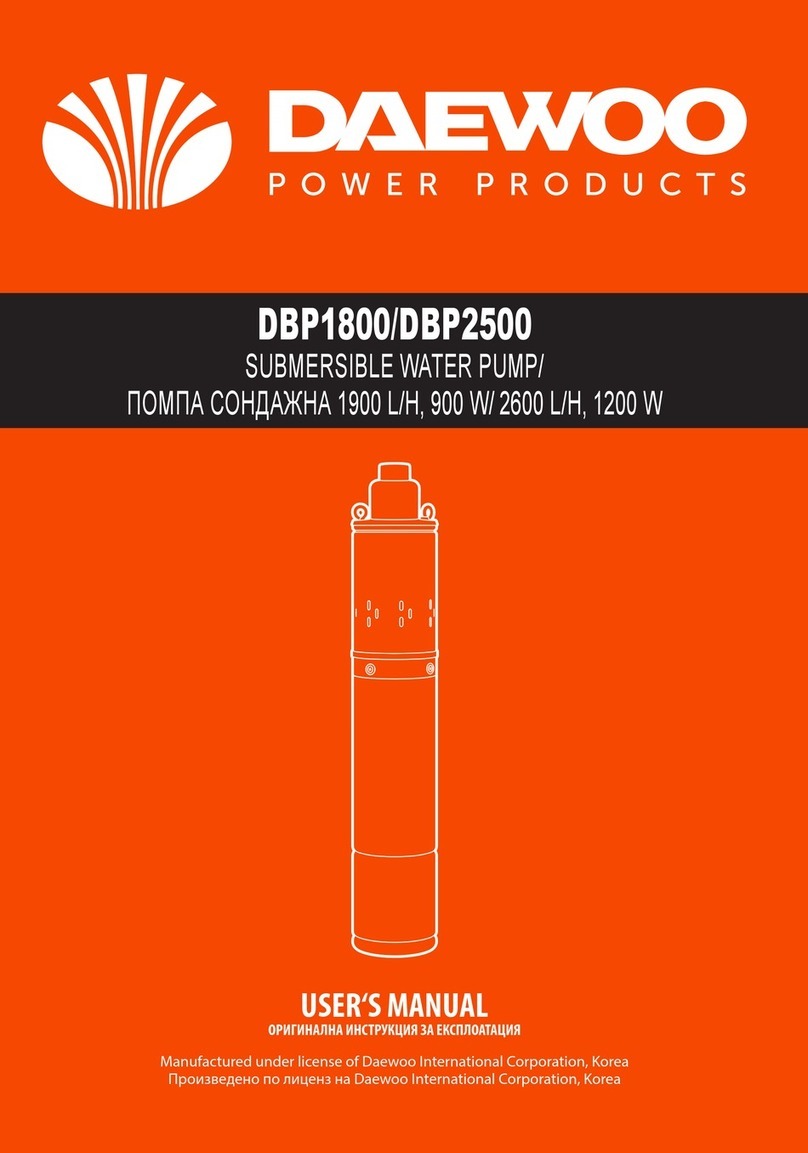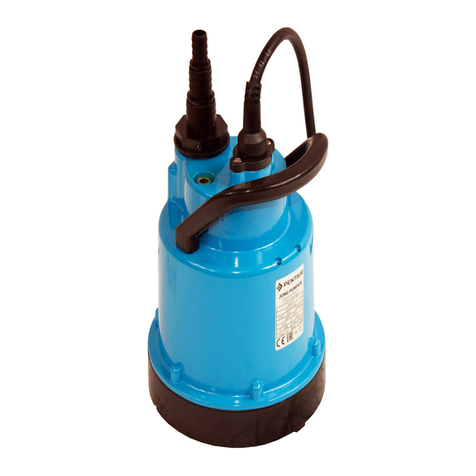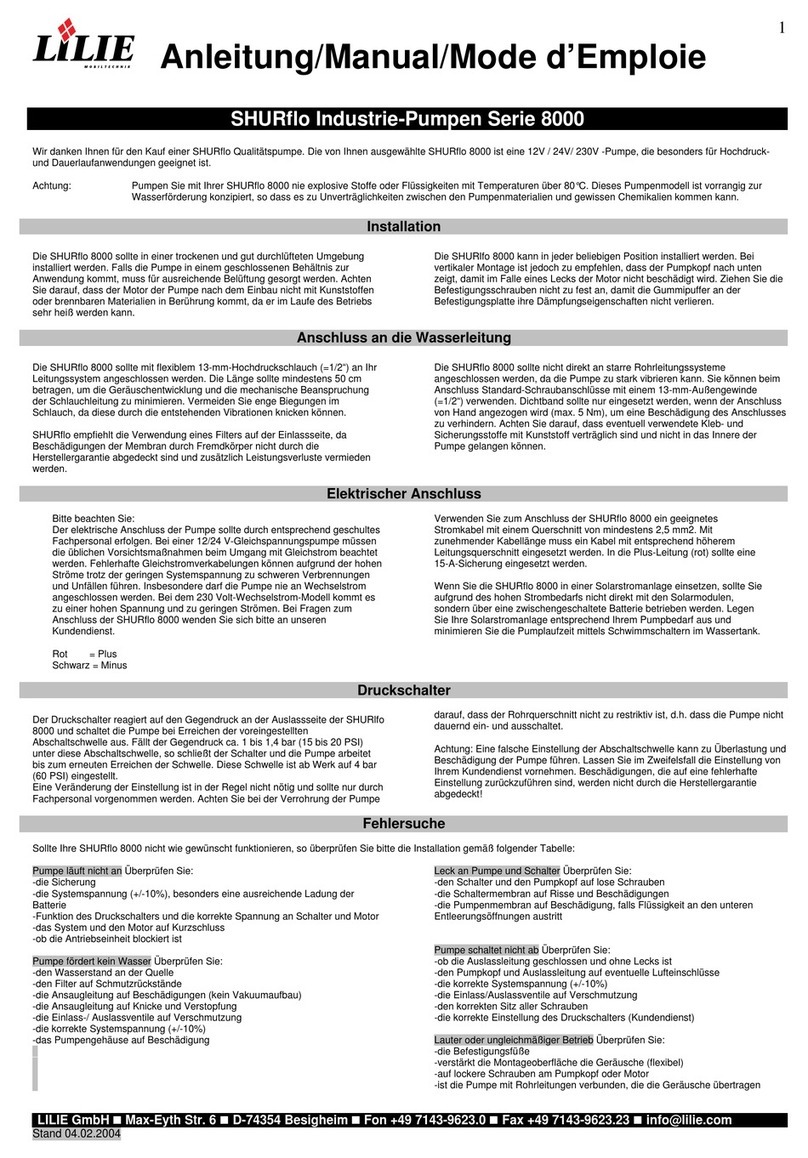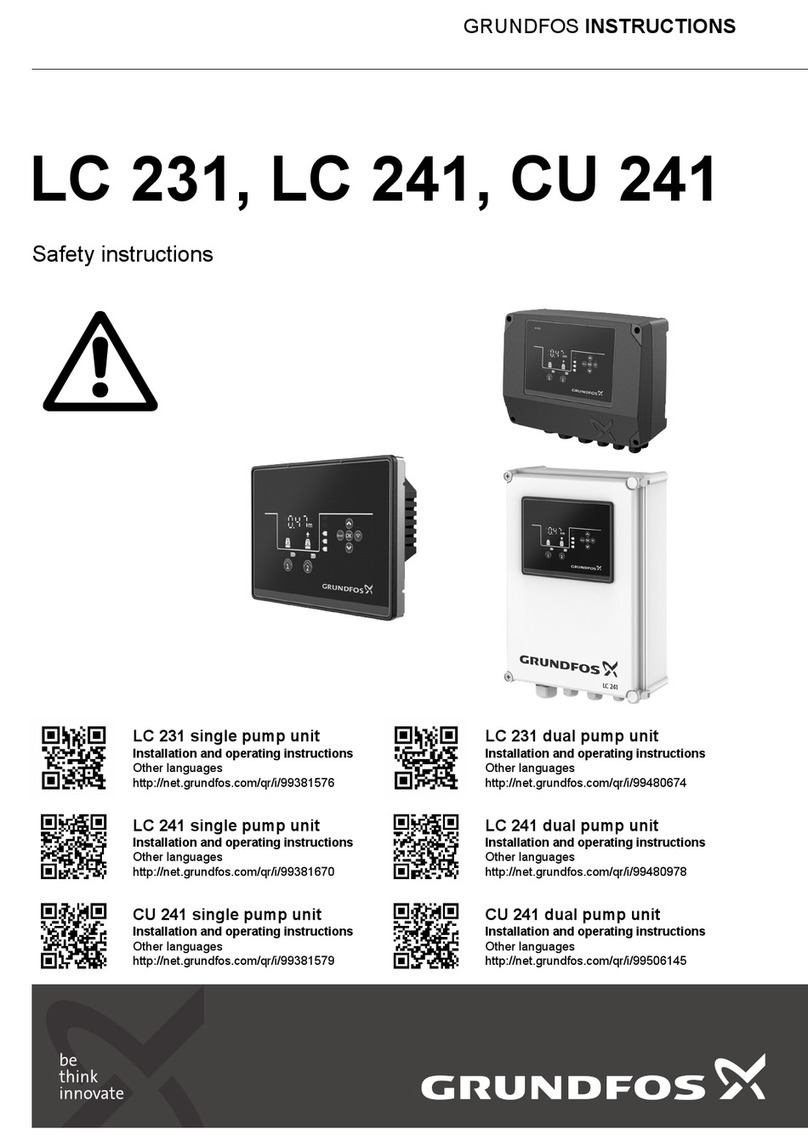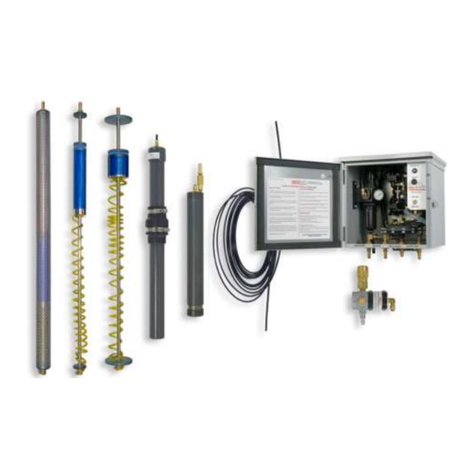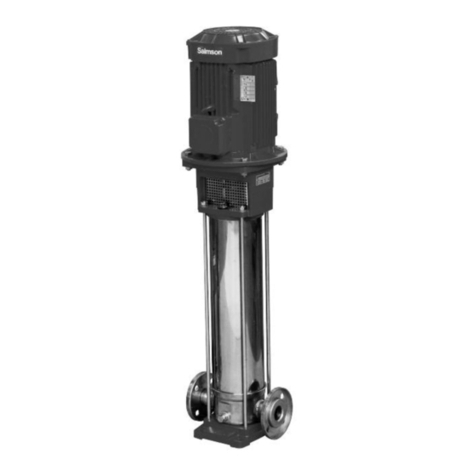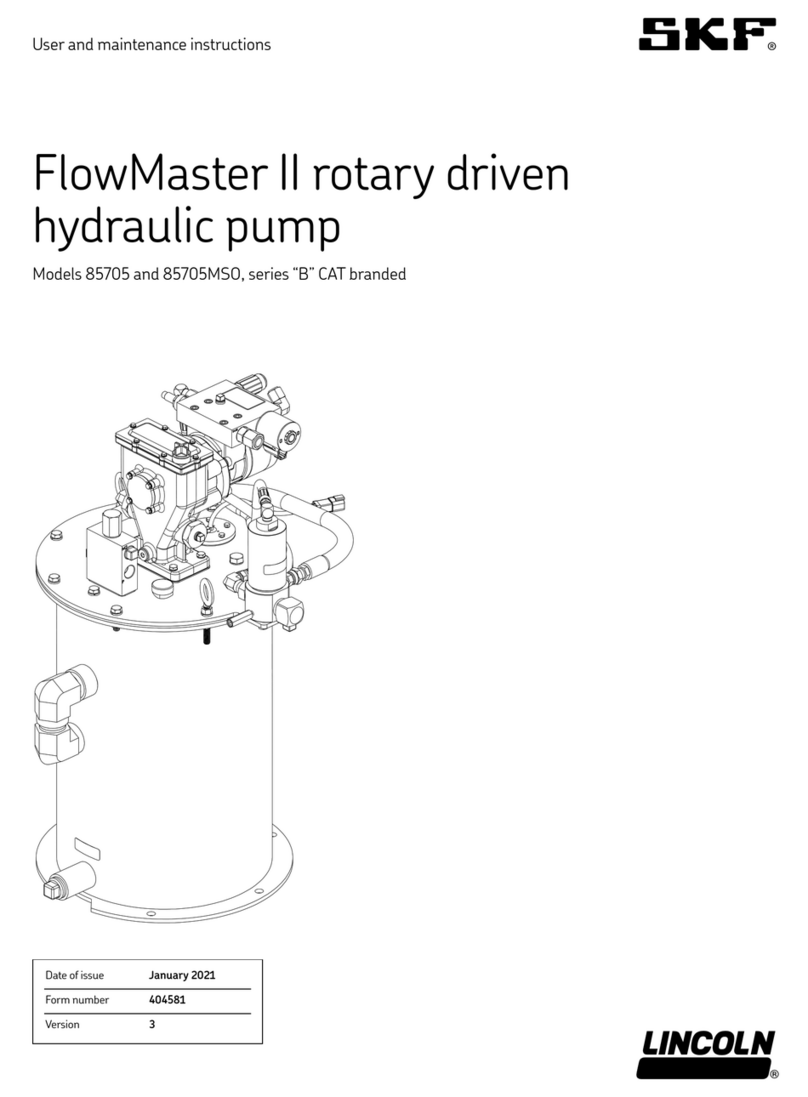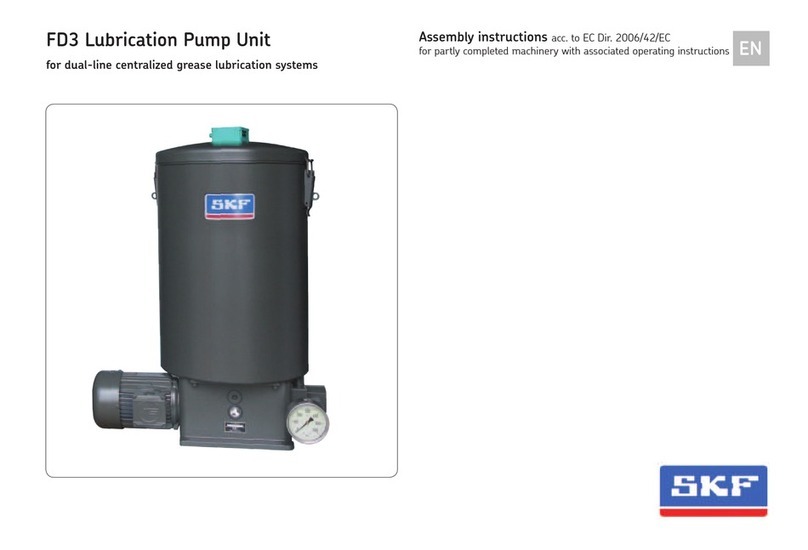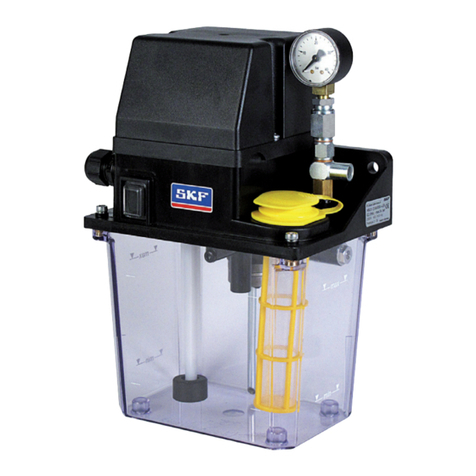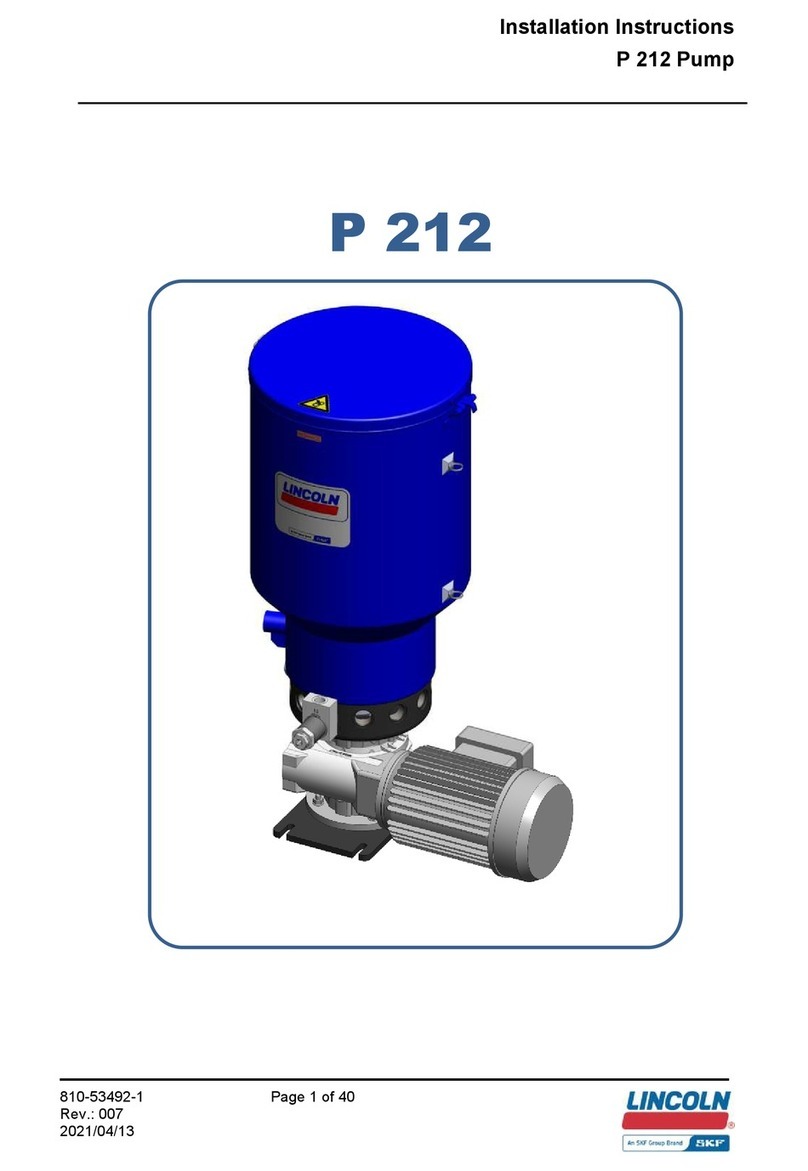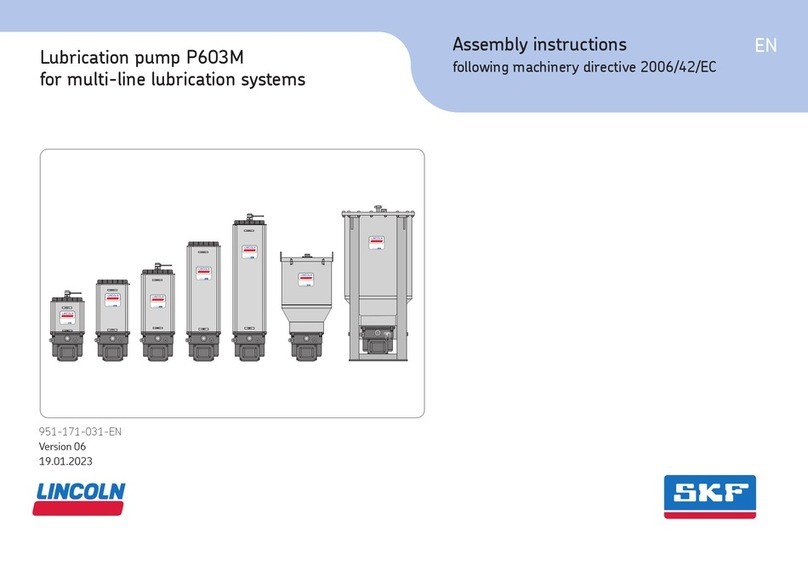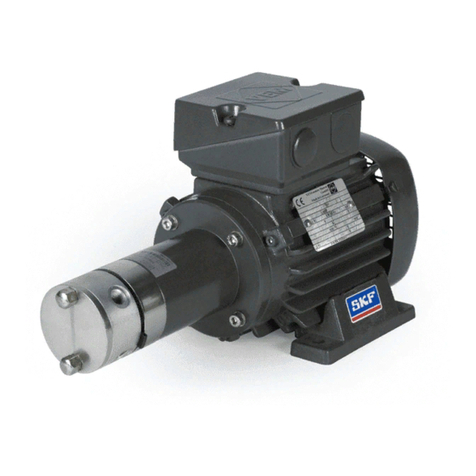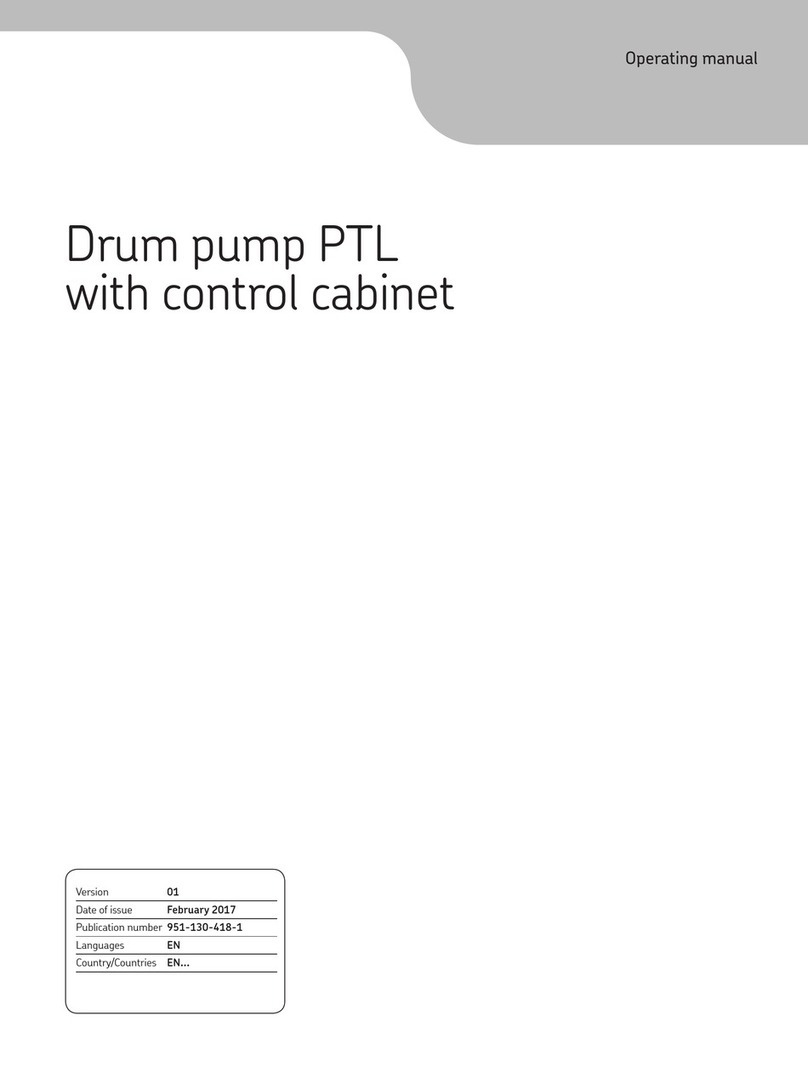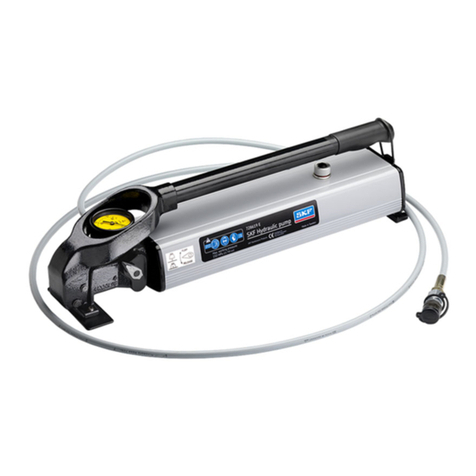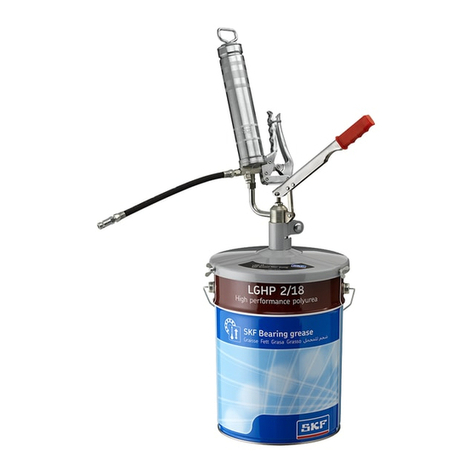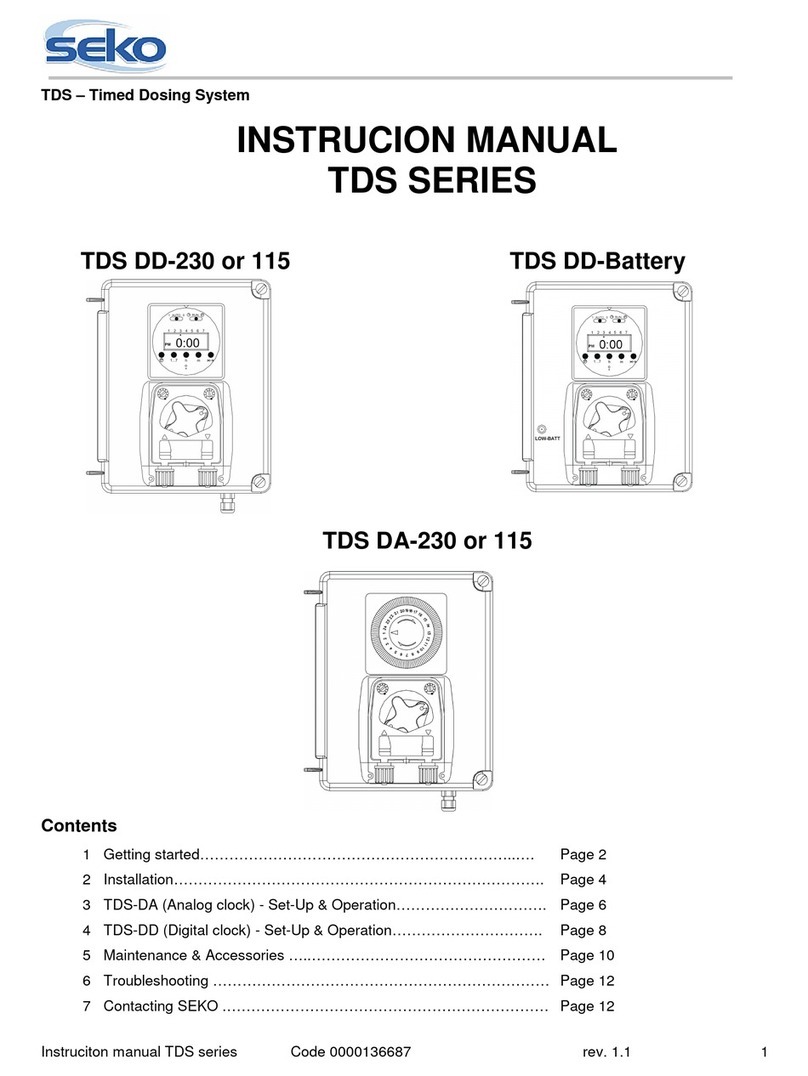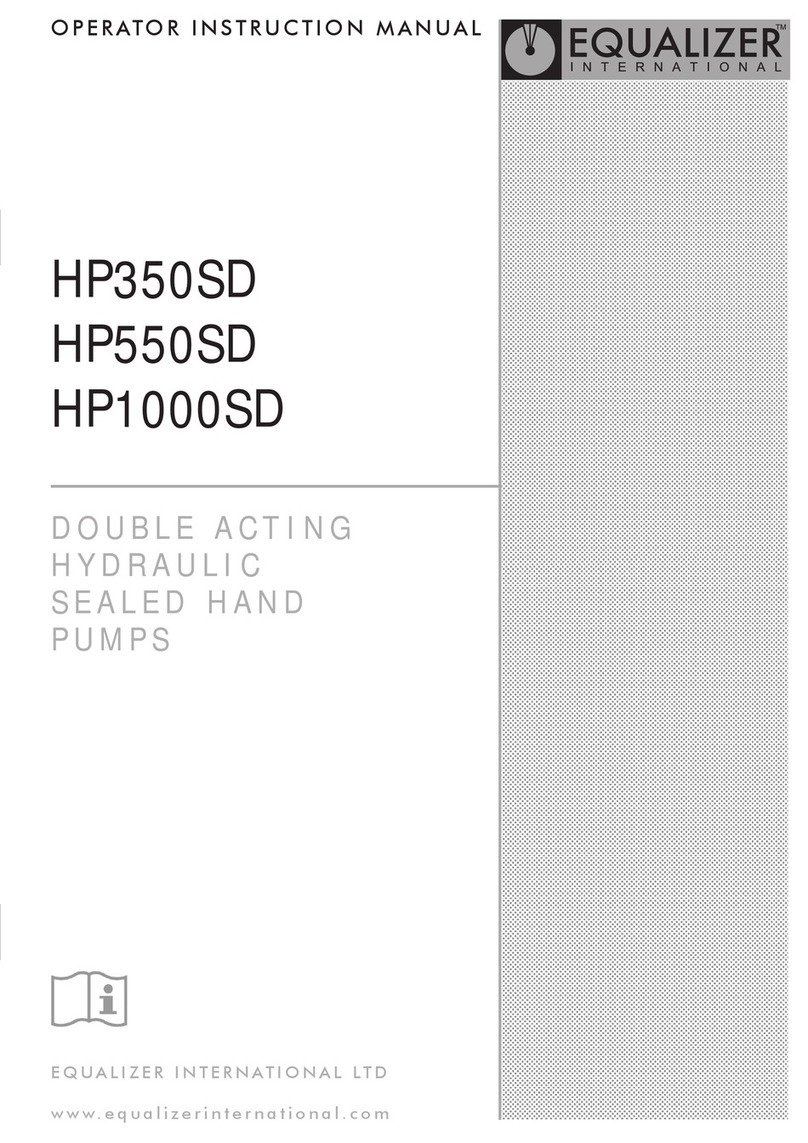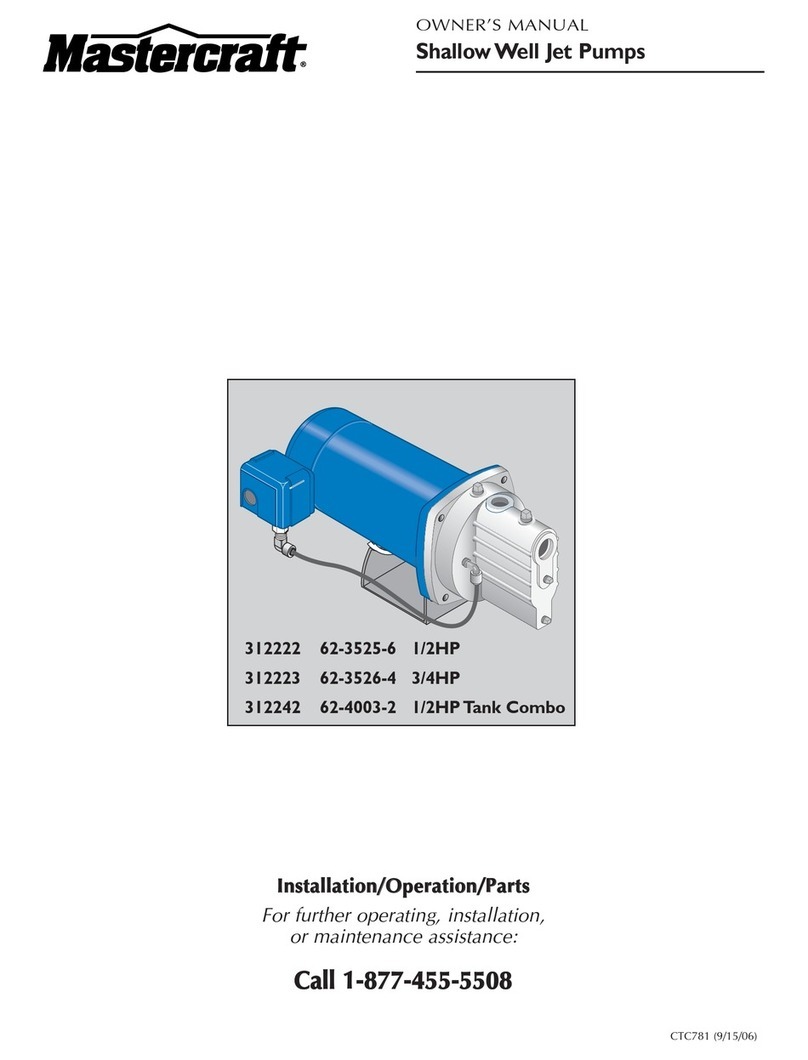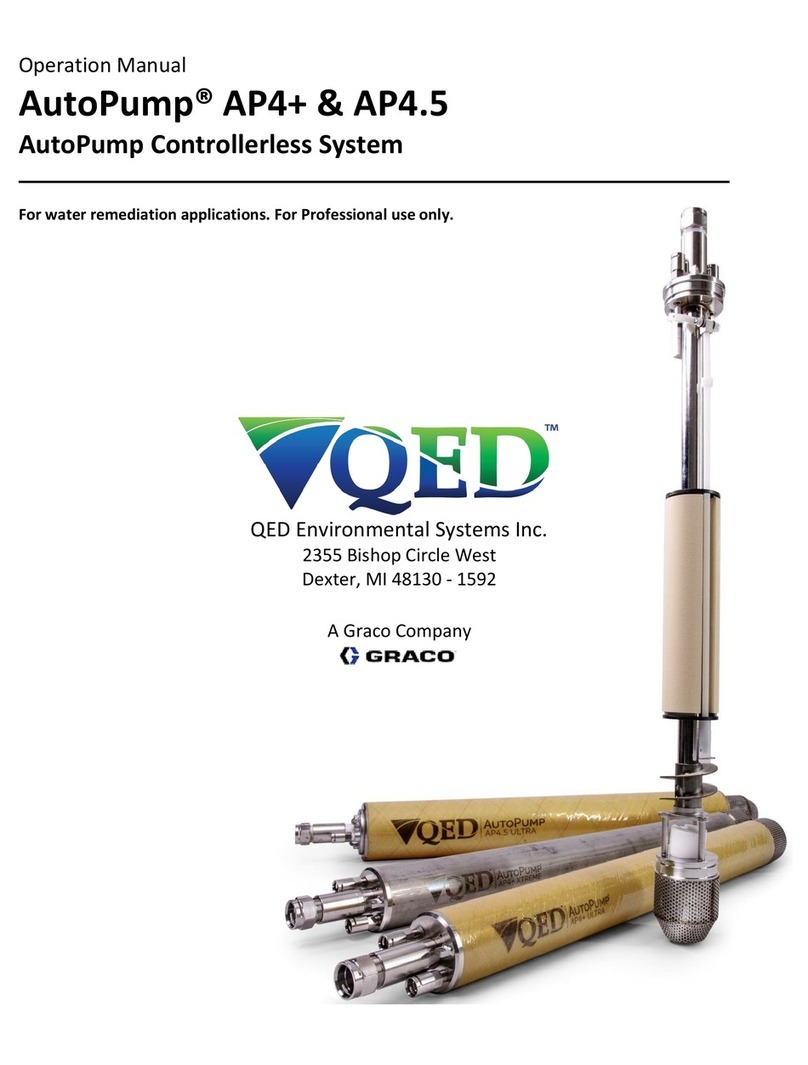
8
1. Safety instructions
1.1 General safety instructions
•Putting the products into operation or operating them without
having read the instructions is prohibited. The operator must
ensure that the instructions are read and understood by all
persons tasked with working on the product or who supervise
or instruct such persons. Retain the instructions for further
use.
•The product may only be used in awareness of the potential
dangers, in proper technical condition, and according to the
information in this manual.
•Any faults that could affect safety must be remedied
according to responsibility. The supervisor must be notified
immediately in case of malfunctions outside one's individual
scope of responsibility.
•Unauthorized modifications and changes can have an
unpredictable effect on safety and operation. Unauthorized
modifications and changes are therefore prohibited. Only
original SKF spare parts and SKF accessories may be used.
•Any unclear points regarding proper condition or correct
assembly/operation must be clarified. Operation is prohibited
until issues have been clarified.
•The components used must be suitable for the intended use
and the applicable operating conditions, e.g. max. operating
pressure and ambient temperature range, and must not be
subjected to torsion, shear, or bending.
1.2 General behaviour when handling the
product
•Familiarize yourself with the functions and operation of the
product. The specified assembly and operating steps and their
sequences must be observed.
•Keep unauthorized persons away.
•Wear personal protective equipment always.
•Precautionary operational measures and instructions for the
respective work must be observed.
•In addition to these Instructions, general statutory regulations
for accident prevention and environmental protection must be
observed.
•Precautionary operational measures and instructions for the
respective work must be observed. Uncertainty seriously
endangers safety.
•Safety-related protective and safety equipment must not be
removed, modified or affected otherwise in its function and is
to be checked at regular intervals for completeness and
function.
•If protective and safety equipment has to be dismantled, it
must be reassembled immediately after finishing the work,
and then checked for correct function.
•Remedy occurring faults in the frame of responsibilities.
Immediately inform your superior in the case of faults beyond
your competence.
•Never use parts of the centralized lubrication system or of the
machine as standing or climbing aids.
1.3 Intended use
Supply of lubricant to lubrication points.
Spare parts should only be used to replace faulty components
of identical construction.
Use is only permitted within the scope of commercial or
economic activity by professional users, in compliance with the
specifications, technical data, and limits specified in this manual.
1.4 Persons authorized to use the
product
Operator
A person who is qualified by training, knowledge and experience
to carry out the functions and activities related to normal
operation. This includes avoiding possible hazards that may
arise during operation.
Specialist in electrics
Person with appropriate professional education, knowledge and
experience to detect and avoid the hazards that may arise from
electricity.
Specialist in mechanics
Person with appropriate professional education, knowledge and
experience to detect and avoid the hazards that may arise
during transport, installation, start-up, operation, maintenance,
repair and disassembly.
1.5 Foreseeable misuse
Any usage of the product other than as specified in this manual
is strictly prohibited. Particularly prohibited are:
•Use of non-specified consumables, contaminated lubricants,
or lubricants with air inclusions.
•Use of C3 versions in areas with aggressive, corrosive
substances (e.g., high salt load).
•Use of plastic parts in areas with high exposure to ozone, UV
light, or ionizing radiation.
•Use to supply, convey, or store hazardous substances and
mixtures as defined in the CLP Regulation (EC 1272/2008) or
GHS with acute oral, dermal, or inhalation toxicity or
substances and mixtures that are marked with hazard
pictograms GHS01-GHS06 and GHS08.
•Use to supply, convey, or store Group 1 fluids classified as
hazards as defined in the Pressure Equipment Directive
(2014/68/EU) Article 13 (1) a).
•Use to supply, convey, or store gases, liquefied gases,
dissolved gases, vapors, or fluids whose vapor pressure
exceeds normal atmospheric pressure (1013 mbar) by more
than 0.5 bar at their maximum permissible operating
temperature.
•Use in an explosion protection zone.
•Use without proper securing against excessively high
pressures, in the case of pressurized products.
•Use outside of the technical data and limits specified in this
manual.




















